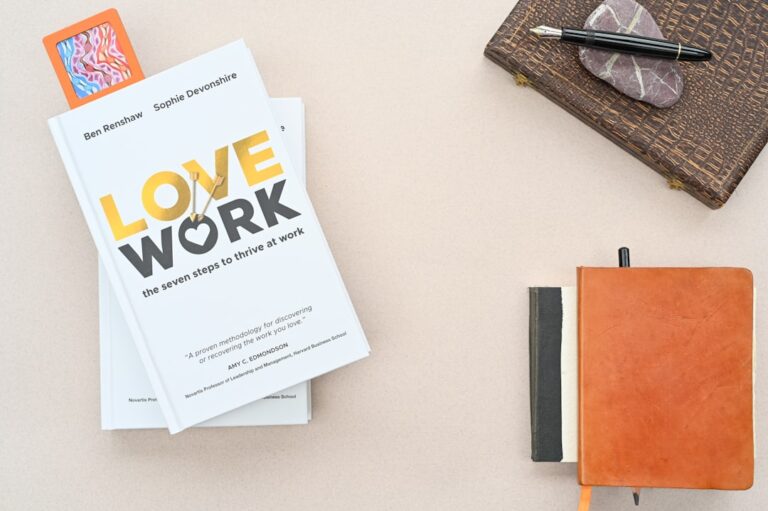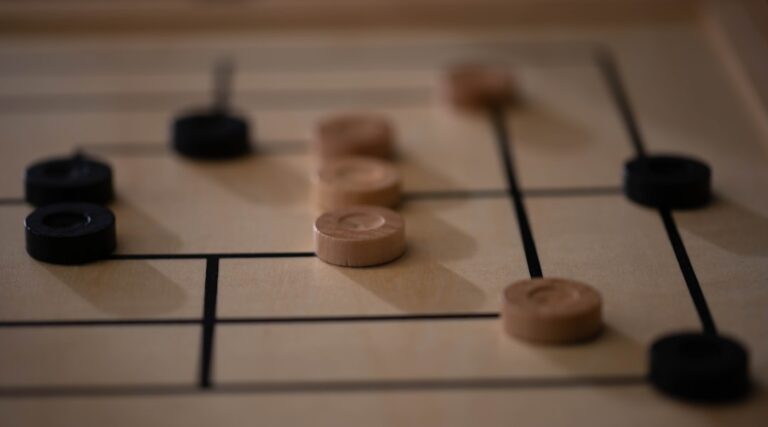
I used to feel like my inbox owned my day.
That little red notification badge would trigger a wave of anxiety. Opening my email felt like facing a firing squad of demands, newsletters, and random requests. It was a constant, draining distraction that chipped away at my focus. It felt like another area of my life that was out of control, just like my old habits with food and gaming. It was digital chaos.
But just as I learned to reclaim my health and my time, I reclaimed my inbox. The same principles of discipline, intention, and building small, consistent habits that helped me lose over 110 pounds also helped me conquer email overload. It’s not about finding some magical app. It’s about changing your approach.
If you feel like you’re drowning in emails, I get it. I’ve been there. Here are the 15 hacks I used to go from inbox chaos to inbox calm.
Change Your Mindset First
Before you delete a single email, you have to change how you think about your inbox. This is the most important step.
1. Your inbox is not your to-do list. This was a game-changer for me. Your inbox is a delivery system, nothing more. It’s where messages arrive. It is not where your tasks should live. Using it as a to-do list means you’re letting other people set your priorities for the day.
2. Stop checking it constantly. I built my productive routine around short bursts of deep work—usually 2 to 4 hours. That’s impossible if you’re reacting to every email notification. Decide to check your email at specific times, not whenever a new message arrives.
3. You don’t have to reply instantly. The pressure to reply immediately is a trap. It trains people to expect instant answers and keeps you in a state of constant reactivity. It’s okay to let an email sit for a few hours. You’re not an emergency response service.
The Great Inbox Cleanup
Okay, now it’s time to deal with the mess. This might feel overwhelming, but a little focused effort here will save you hours every week.
4. Use the “One-Touch” Rule. When you open an email, decide its fate immediately. Don't read it and leave it to deal with later. You have five options:
- Do It: If it takes less than two minutes, do it right away.
- Delete It: Is it junk? A pointless FYI? Get rid of it. Be ruthless.
- Delegate It: Can someone else handle this? Forward it.
- Defer It: If it’s a real task that takes time, move it to your actual to-do list or calendar and get it out of your inbox.
- Archive It: If you might need it for reference later, archive it.
5. Unsubscribe with passion. Go through your inbox and unsubscribe from every single promotional email or newsletter you don’t truly love reading. Every unsubscribe is a future email you won’t have to deal with.
6. Create a few simple folders. Don’t go crazy creating a hundred folders you’ll never use. You only need a few. I use “Archive” for everything I want to save, “Waiting” for things I’m waiting on a response for, and “Action Items” for emails tied to bigger projects on my to-do list.
7. Declare email bankruptcy. If your inbox has thousands of unread emails, stop feeling guilty. Just archive everything older than a month. Seriously. Select them all and hit “Archive.” If something was truly urgent, they would have followed up. The feeling of freedom is incredible.
Build Your Daily Email Routine
Once it’s clean, you need a simple routine to keep it that way. This is where consistency pays off.
8. Set specific times to check email. I check mine twice a day: once around late morning and once before I wrap up my workday. I open it, process everything to zero using the One-Touch rule, and then I close it. That’s it.
9. Turn off all notifications. This is non-negotiable. Turn off the sound, the banners, the little red dot. Those notifications are designed to break your focus. You decide when you engage with email, not your email client.
10. Use templates for common replies. Do you find yourself typing the same thing over and over? Save those replies as templates or snippets. A simple “Thanks, got it!” or “I’ll look into this and get back to you next week” can be saved and reused.
11. Keep your replies short. You don’t need to write a novel. Aim for five sentences or less. Be polite, be clear, and be done. People appreciate a quick, direct response.
Level-Up Your Email Game
These are a few extra tricks that make a big difference.
12. Use the “Send Later” feature. Sometimes I have time to clear emails late at night, but I don’t want to send a message at 11 PM. I write the reply and schedule it to send at 8:30 AM the next morning. This respects the other person's time and my own boundaries.
13. Master the search function. Stop digging through folders. Your email provider’s search bar is incredibly powerful. Learning to use it well is faster than any filing system you could ever create. Trust the search.
14. Set up simple filters. You can create rules to automatically manage your inbox. For example, have all receipts automatically skip the inbox and go to a “Receipts” folder, or have newsletters from a specific sender go into a “Reading” folder.
15. Know when to get off email. If an email chain goes back and forth more than twice, it’s a sign you need a real conversation. Pick up the phone or schedule a quick call. It will solve the issue in five minutes instead of thirty emails.
Taming my inbox wasn’t just about having fewer unread messages. It was a small win. It was proof that I could bring order to a chaotic part of my life. And those small wins, whether it's clearing your inbox, choosing a healthy meal, or spending a few minutes in prayer, build the momentum you need for bigger changes. They are the foundation of a more intentional life.
So, here’s my question for you: What’s one small step you can take today to reclaim your inbox?
Maybe it’s just turning off your notifications. Start there. You’ve got this.





